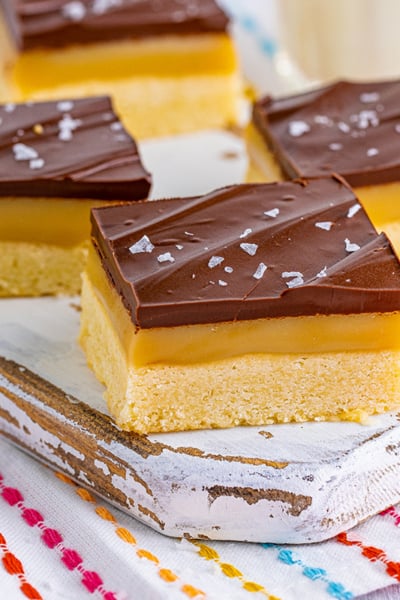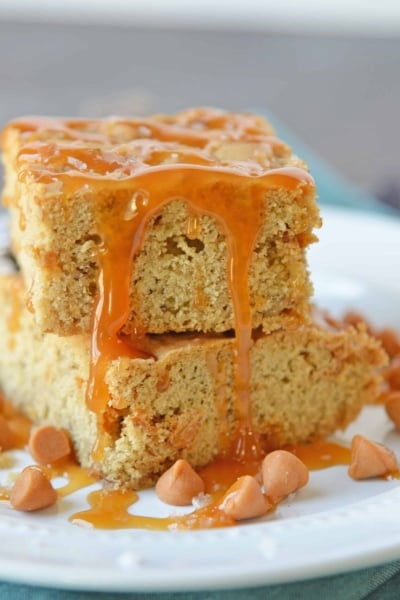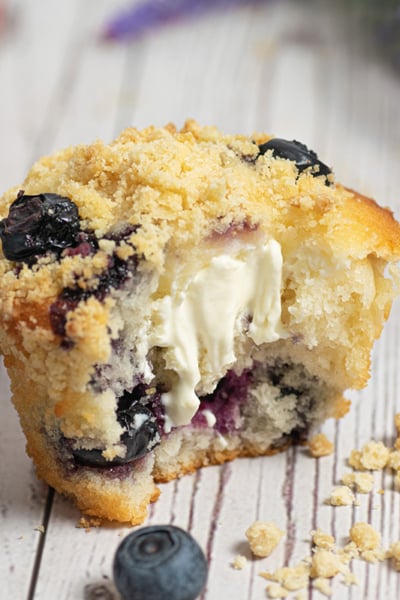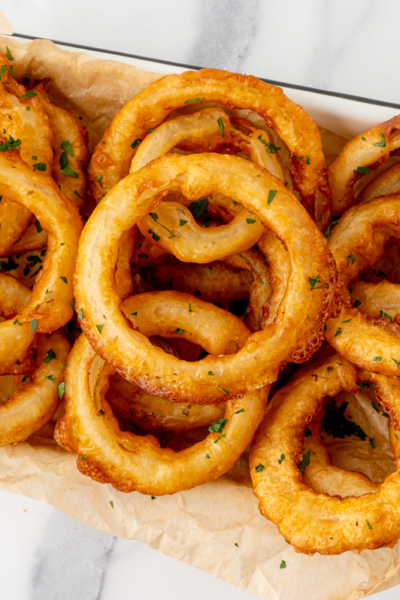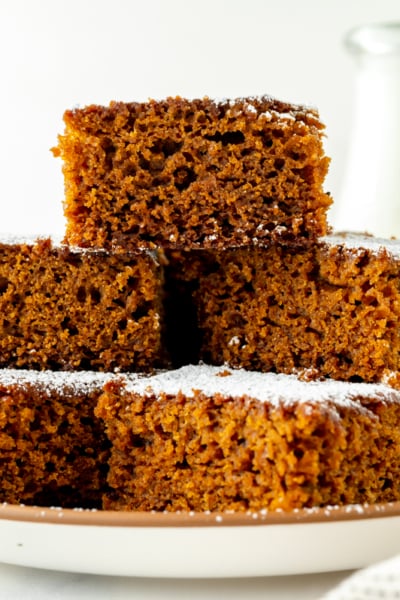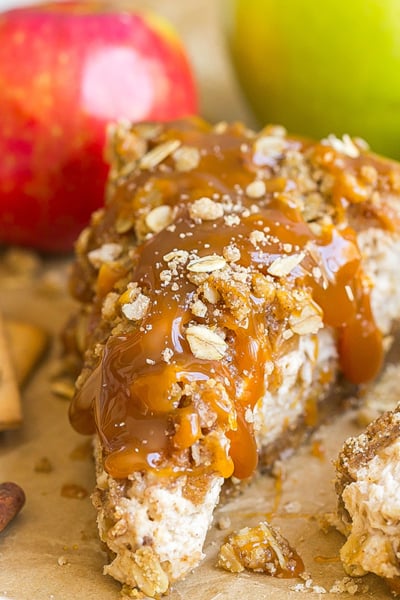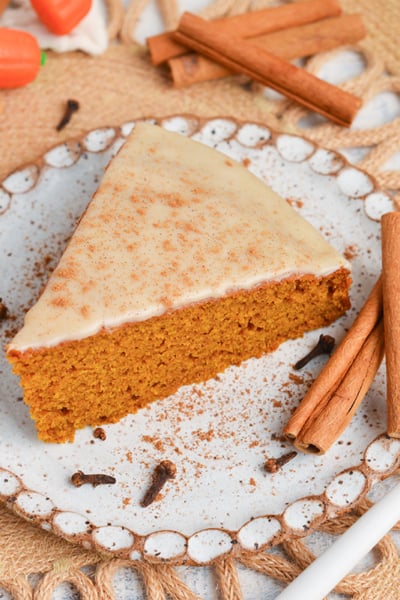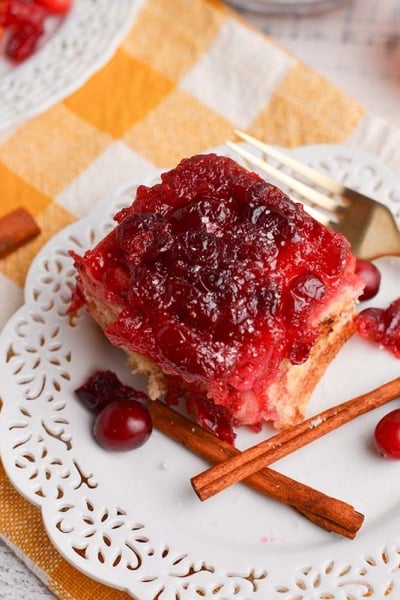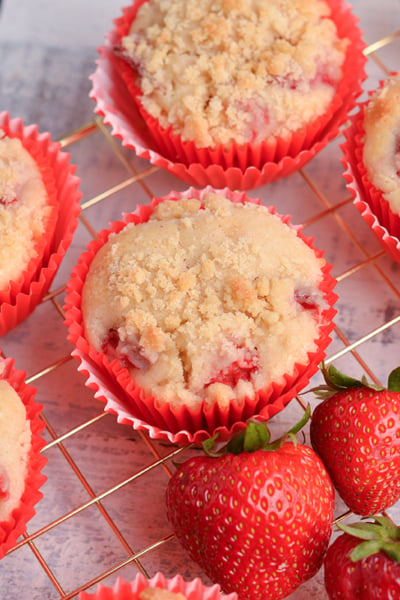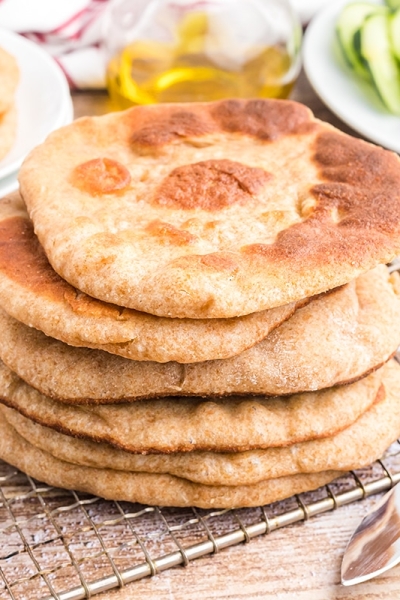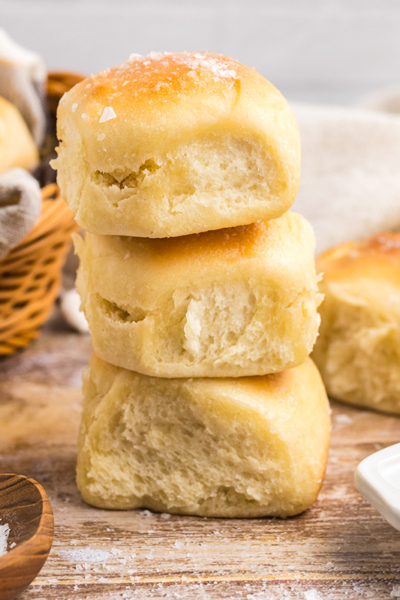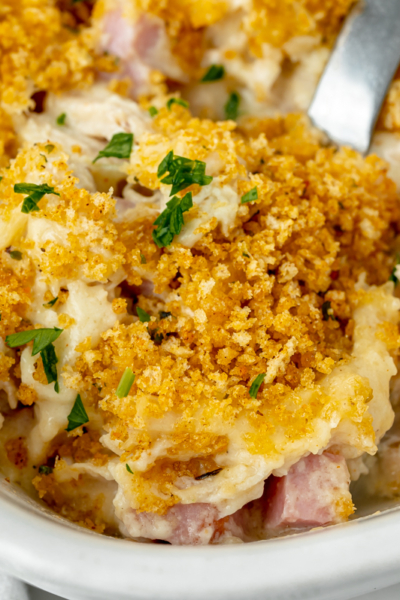Flour
There are many types of flour available on the market today. Of these, the most common types are all wheat flours: all-purpose, cake and self-rising. Different types of wheat flour are distinguished by the amount of gluten they contain.
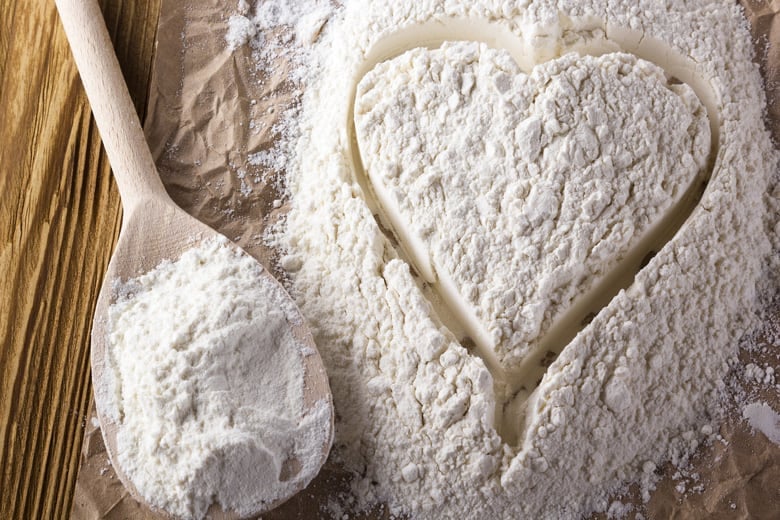
Beyond that there are many types of alternative flours too, such as almond flour (meal), oat flour, tapioca and more.
What is gluten?
Gluten is the protein found wheat and helps foods maintain their shape, acting as a glue that holds food together- structure as you’ll hear many bakers say.
When gluten is agitated, these glutens develop and become elastic. Strong flours made from hard, high-protein varieties and have a higher gluten content. Weak flours made from softer, low-protein wheat and are naturally lower in gluten.
This is also why many recipes tell you to not over mix the dough, thus making the gluten more elastic and tougher or mix the dough a lot, aiming to make it more elastic. This is why not all types of flour is suited for every recipe.
Gluten-free flours are made from wheat alternatives and contain no gluten.
Here are the most popular types of flour:
All-Purpose Flour– The most “middle of the road” flour in terms of gluten, containing around 12%. It can be used for the largest range of baking from breads, to cakes, cookies and everything between for the home cook, however it is rarely used by professional bakers who prefer to have more control over gluten content and the item they are preparing.
Bread Flour- Containing around 13-14% gluten, it is a strong flour that provides more structure, hence heartier bread products and even pizza dough. It will appear and feels coarse and beige in color. It is used for items you would label as “crusty”.
Cake Flour- A lower gluten content around 7.5-9%, it creates a lighter, fluffier crumb perfect for cakes. It is soft, fine and often a pure white. It is also used in pastries. It doesn’t have enough gluten content to give structure to many cookies though.
Pastry Flour- This falls between cake flour and all-purpose at 9-10% gluten. It is great for softer crumb biscuits, muffins, cookies, pie doughs and soft breads.
Self-Rising Flour- Actually a blend of all-purpose flour with baking powder and salt, it just a convivence to lower the number of ingredients you’ll need. However, it gives you little control over the leaveners and salt content. Also, baking powder stored at room temperature loses its effectiveness as a rising gent, so you risk lift if it is old.
Whole Wheat Flour– This come in two varieties: 100% percent whole wheat or a blend of white with whole wheat. One hundred percent whole wheat flour is made from hulled red wheat grain, is loaded with fiber but it also super coarse producing a heavy texture and less rise. The blended variety uses a white wheat and the all-purpose tames the coarseness but still has some of the nutrition.
Almond Flour– Almond flour is made from blanched, peeled and ground almonds. It is popular for replacing flour as a gluten-free alternative, plus it is low carb and high in fiber. You can easily replace almond flour to wheat flour in a 1:1 ratio, but will need to adjust the rising agent to account for the almond flour being heavier. It is most commonly used in macarons, but can be used in cakes, cookies, pastries and anything wheat flour is used.
00 Flour– 00 Flour can technically be made with any type of wheat, but it generally a high gluten wheat of 12-13% and then ground super fine. This super fine texture is ideal for making pasta, thus it is sometimes referred to as “Italian flour”.
Oat Flour- Made from finely ground oats, oat flour can be a gluten free substitute for wheat flour as well. Much like almond flour, additional rising agents are needed to account for the weight.
Semolina Flour- Made from durum wheat, it is finely ground, but has a high level of gluten, 13%+. It is also common in making pastas and sometimes pastry.
Reader Favorites

Southern Salmon Croquettes

Yum Yum Sauce

Jumbo Lump Maryland Crab Cakes

Creamy Vanilla Custard

Parmesan Garlic Linguine Pasta

Easy Steak Frites









